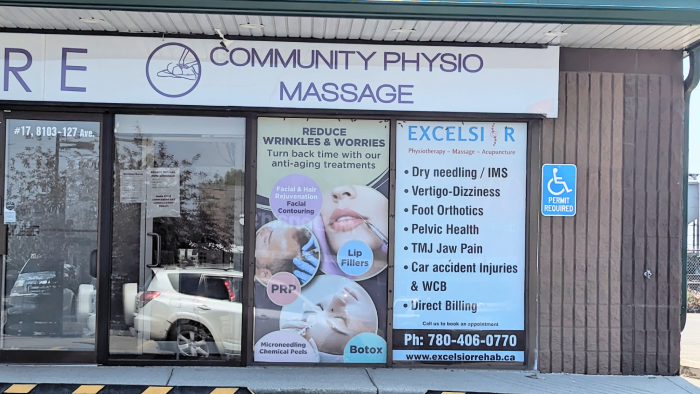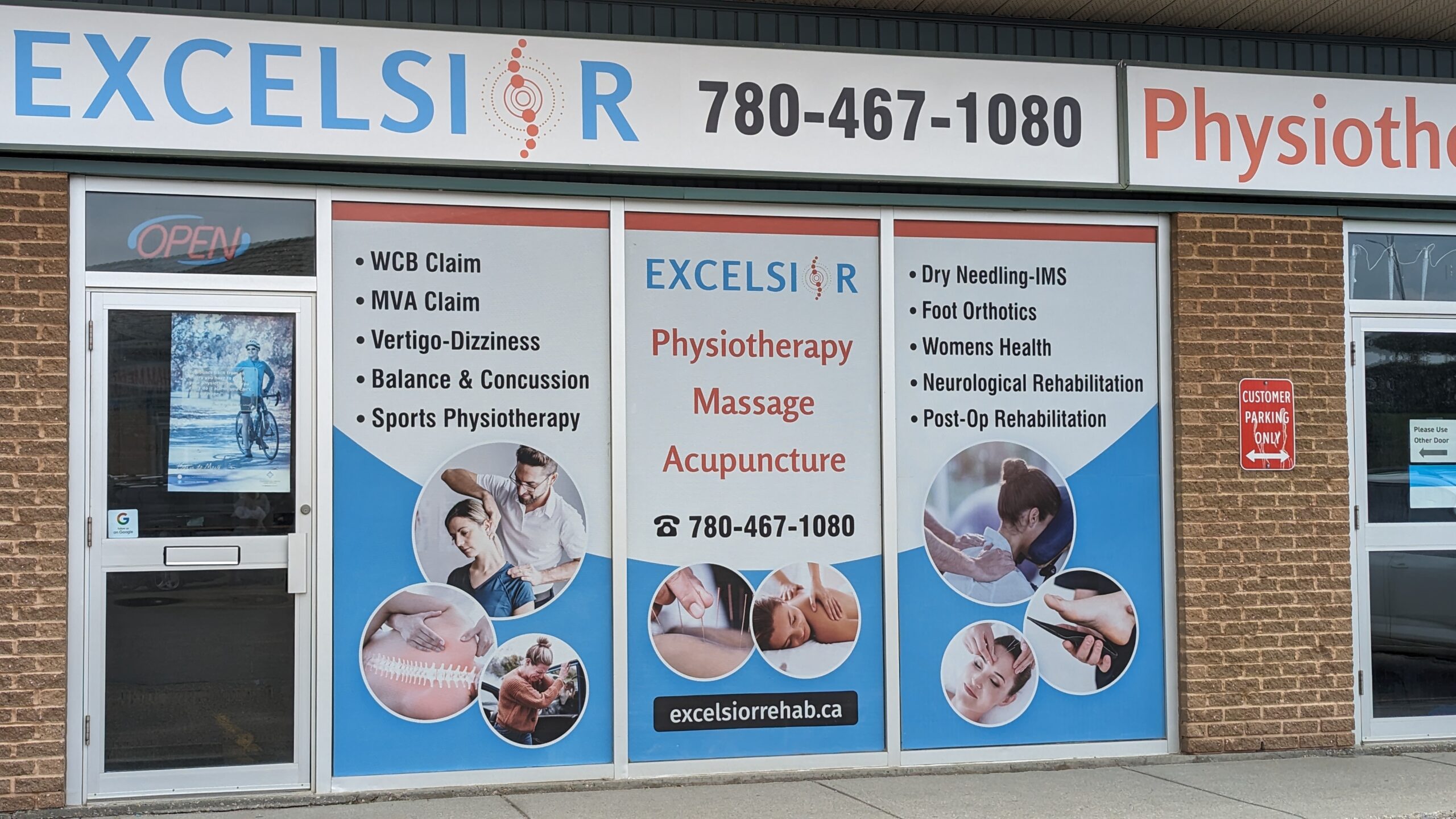THORACIC DISC HERNIATION (mid back)
Home » THORACIC DISC HERNIATION (mid back)
THORACIC DISC HERNIATION (mid back)
The prevalence of MRI or Magnetic Resonance Imaging has made it possible to estimate that up to 15% of Americans may have a herniated thoracic disc. On MRI, a herniated thoracic disc frequently appears incidentally, which means it does so when the patient is being tested for another issue.
Few persons who have a herniated thoracic disc experience symptoms or complications as a result of this ailment. When symptoms do occur, which is an uncommon occurrence, the biggest worry is whether the herniated disc will harm the spinal cord.
Although a thoracic disc herniation is frequently referred to as a slipped disc, the disc itself doesn't actually slip out of place. Instead, the term "herniation" refers to the material in the disc's center being forced outside of the usual space. This illness primarily affects persons between the ages of 40 and 60 in the thoracic spine.
This educational guide will help you learn about:
- How thoracic disc herniation occurs
- How is it diagnosed by physicians?
- Treatment options for the condition
ANATOMY
Which Regions of the Spine Are Affected?
The 24 spinal bones, also referred to as vertebrae, make up the human spine. The spinal column is made up of vertebrae that are piled on top of one another. The vertebral body, a cylindrical block of bone, makes up the majority of each vertebra.
Spinal Column
Disc herniation in the upper thoracic spine are uncommon because the top half of the spine is significantly less flexible than the lower half. T8 to T12 account for around 75% of thoracic disc herniation, with T11 and T12 being the most commonly affected. A specific type of connective tissue called the intervertebral disc divides the vertebral bodies. There are two pieces to the disc.
The nucleus, or core, is spongy. It provides the majority of the disc's shock absorption capacity. The annulus, which is made up of several ligament rings that surround the nucleus, holds it in place. Strong connective tissues called ligaments hold bones to one another. Healthy discs cushion your spine by serving as shock absorbers.
Anterior Spinal Artery
The spinal cord is nourished by blood arteries that flow up and down the spine. But just one blood vessel, the anterior spinal artery, travels to the spinal cord's front in the region between T4 and T9. The crucial zone is the way doctors refer to this region of the spine. The spinal cord has no other means to acquire blood if this one vessel is destroyed, which can occur when pressure from a herniated thoracic disc causes injury. If this area of the spinal cord dies, it can cause serious issues with weakening or paralysis below the waist.
CAUSES OF THORACIC DISC HERNIATION
Why You Face This Issue?
The main cause of thoracic disc herniations is disc wear and tear. Degeneration is the term for this deterioration. The annulus of a disc matures and is prone to tearing and cracking. Scar tissue is used to treat these wounds. The annulus becomes weakened with time, and the nucleus may press through the weakened annulus (herniate). In T11 and T12, spinal degeneration is frequent. The thoracic and lumbar spines converge at T12. Due to daily stresses like bending and twisting, this connection is susceptible to deterioration. The majority of thoracic disc herniations happen here, which is not surprising. A thoracic disc can herniate suddenly incur acute damage, but it happens less frequently. A thoracic disc might herniate as a result of a fall or an automobile accident.
A rapid, violent mid-back twist may potentially cause a thoracic disc to herniate. Thoracic disc herniation may be caused by diseases of the thoracic spine. For instance, thoracic disc herniations are more common in patients with Scheuermann's illness. Although there is no information to be certain that these patients frequently have several herniated discs.
SYMPTOMS OF THORACIC DISC HERNIATION
How Do You Recognize It?
- Severe pain on one or either side of your mid back
- An acute pain banding along the chest
- Pain with numbness, needle-like pricks, and pin pricks
- Arm or leg muscles weakness
- Alteration in bladder and bowel movements when spinal cord presses the disc
- Radiating pain along the arms due to upper thoracic spine herniations
- Radiating pain along the chest and abdomen due to mid back herniations
- Lower disc herniation will lead to pain in lower limbs and groin
DIAGNOSIS OF THORACIC DISC HERNIATION
How Your Doctor Will Identify This Condition?
- Through detailed analysis of medical history and family history
- Physical evaluation to know the range of pain
- Questions regarding pain, symptoms, areas with movement restriction, and bowel functions should be answered
- X-rays to check the development of calcified disc to confirm the condition
- MRI to get a clear idea about the disc health and extent of herniation
- Tests like CT scans and myelography will be suggested
Treatment Options for THORACIC DISC HERNIATION
- Immobilizing your back with bed rest, support braces, and activity restrictions
- Medications such as anti-inflammatory, muscle relaxants, and pain relieving medications
- Suggesting rehabilitation programs like physiotherapy treatment, and massage sessions to relieve pain and inflammation
- Excelsior Physiotherapy offers customized physiotherapy services in Edmonton
SURGICAL OPTIONS FOR THORACIC DISC HERNIATION
The following surgical methods are preferred to lower pain and swelling of this condition. They are:
- Fusion method
- VATS or Video Assisted Thoracoscopy Surgery
- Transthoracic depression
- Discectomy and costotranversectomy
Rehabilitation After Surgery
Rehabilitation soon after surgery is complicated, as some might be discharged quickly while some might be advised to stay in hospital for a week. A physiotherapist will be assigned for the patients in hospital to perform regular activities without straining your back. Use of support belt or braces will be suggested and electrical stimulation, heat and ice therapy will be advised. Our physiotherapists in Edmonton will work with the patients while performing pool exercises and strengthening workouts and mobility improving exercises to enhance back muscles strength. They also educate the patients to perform at home exercise without disturbing their back muscles.
Excelsior Physiotherapy are specialists in providing physiotherapy services in Edmonton.






